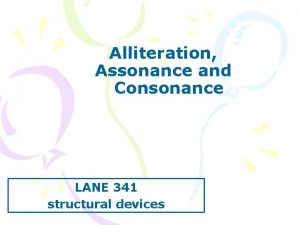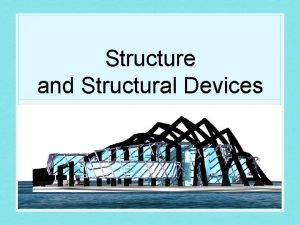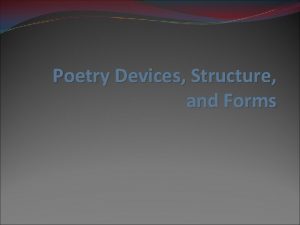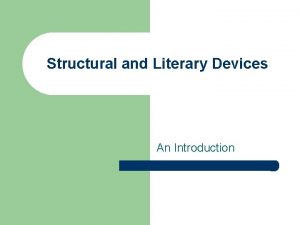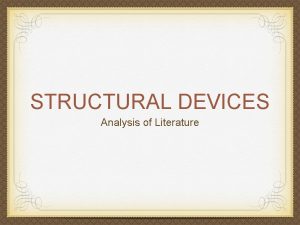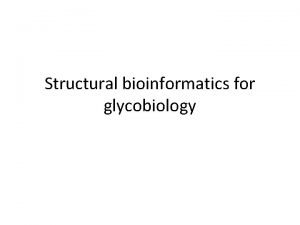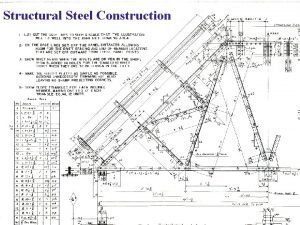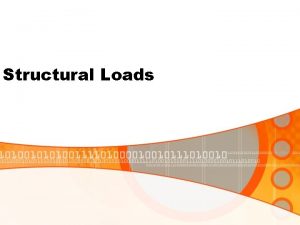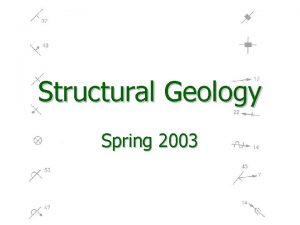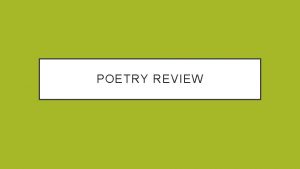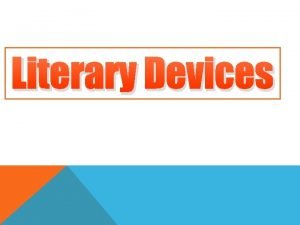Structure and Structural Devices Structure is not the











- Slides: 11

Structure and Structural Devices

Structure is not the same thing as narrative sequence where you make a list of what happens in each successive part, chapter or section of the book. The word “structure” means the ways in which the writer makes all the different elements of the work hang together or fuse into a whole work. In other words, structure and structural devices are the ways in which the writer imposes unity on his novel or short story.

Structural Devices Continuous Narrative Traditional prose use this style where events develop in a logical, chrono-logical sequence.

Dialogue is very important in most novels as it is of great use to the author as he develops his ideas. Note the short piece of dialogue from Sylvia Plath’s The Bell Jar. The narrator is Esther; she has had a breakdown, and has been to the hospital for electric shock therapy but has decided to stop it. “I’m through with that Doctor Gordon, ” I said, after we had left Dodo and her black wagon behind the pines. “You can call him up and tell him I’m not coming next week. ” My mother smiled. “I knew my baby wasn’t like that. ” I looked at her. “Like what? ” “Like those awful people. Those awful people at that hospital. ” She paused. “I knew you’d decide to be all right again. ”

The short dialogue offers a lot of information very briefly—in particular about the mother, who has no idea of what Esther has suffered in and out of the hospital and why she cannot face more therapy. Esther’s mother clearly misunderstands the nature of mental illness and sees it as a stigma—”those awful dead people. ” She obviously thinks that Esther has been play-acting and doesn’t seem to care or to grasp that Esther has suffered so much. Also, we see that Esther has tried to communicate with her mother, but failed.

“Another victim, ” he said, like sighing. “A victim of the modern age…” “I think I know who you are, ” he said … “Are you the poor victim of this horrible new technique? ”… Activity 1 “Now tell me about yourself. ” Read the extract from Anthony Burgess’s A Clockwork Orange. One speaker, Alex, has committed horrible acts of violence throughout the novel for which he has been punished. The other speaker is a sympathizer, a do-gooder who feels pity for the criminal and interviews Alex. “Little enough to tell, sir, ” I said, all humble. “There was a foolish and boyish prank … There was no real harm meant. Unfortunately, the lady strained her good old heart in trying to throw me out, though I was quite ready to go of my own accord, and then she died. Consider the events that have happened and the way Alex explains them, the attitude and values of the interviewer, Alex’s attitudes and values, and what you think the writer might be satirizing here.

Narrative Viewpoint Narrative viewpoint is the point of view from which the author allows the reader to perceive the events within the text. There are several ways of doing this: • First-person narration occurs when the central character tells the story through her eyes. • Third-person narration is the standard form of many novels. • Writing from the viewpoint of a child can create interesting effects. • Split narrative occurs when the story is told through the eyes and voice of more than one speaker. • The use of letters offers another way of varying viewpoints.

Setting • Setting is always important in establishing structure. • When a writer establishes settings, he creates more than a mere backdrop to events. Some settings allude to other associations or themes. • Setting is also used to establish mood.

Use of Repetition • Just as a novel’s settings begin to have associations for you as you read, many writers use repetition or repetitive motifs in a similar way, to provide a brief memory flash that illuminates themes of the novel or short story. • A motif is like a refrain in music, a series of images or symbols that recur throughout a text.

TIME There are two ways to depart from traditional chronological sequencing: flashbacks and time shifts. • Flashbacks are common. The author makes a character reminisce about events in the past; this takes the story back in time without disturbing the flow of the narrative. • Time shift is similar to flashback, but it works differently. Time may shift backwards and forwards to explore events in a wider frame.

Appendices Sometimes at the end of a narrative, the writer may add an appendix. Normally this refers to sections added to the end of a book, but some writers use appendices to create a particular effect on the structure and therefore the possible meaning of the a book Epilogues An epilogue may be a direct address to the reader at the end of a work.

